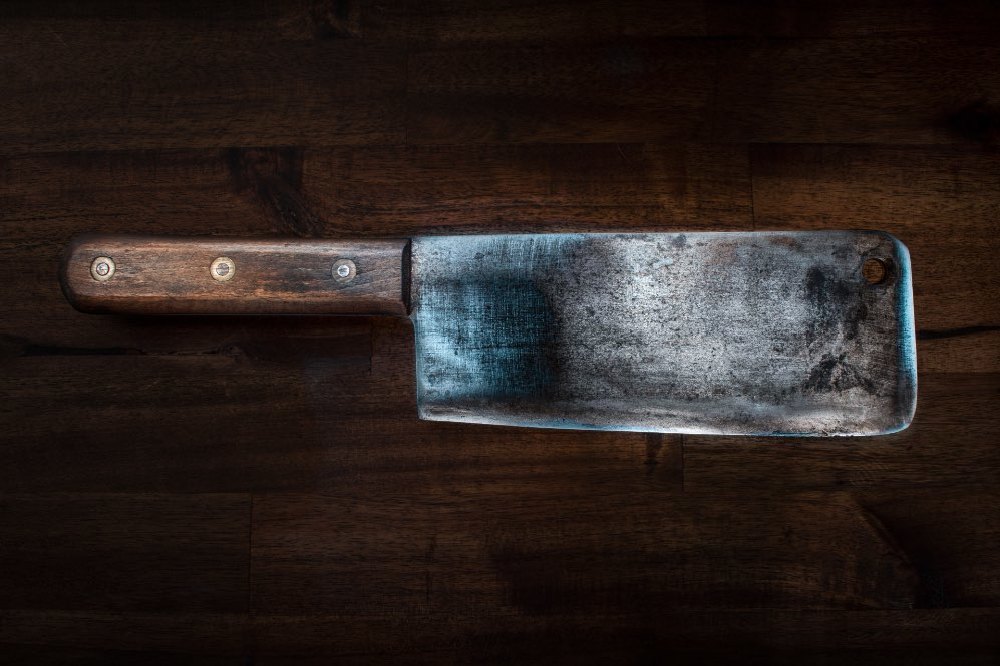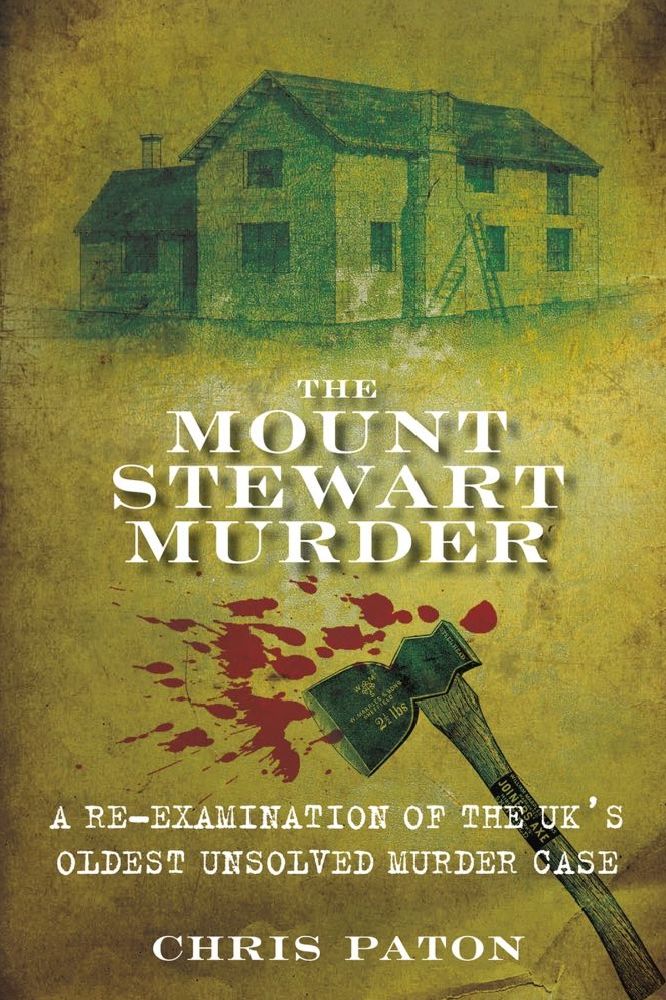When 55-year-old mother of five Janet Rogers (also known by her maiden name Janet Henderson) went to visit her brother William Henderson on Mount Stewart farm near Forgandenny in Perthshire, Scotland in 1866 to help him with household duties, she had no idea what bloody fate awaited her. Just three days after her arrival, on March 30th, her brother would discover her beaten to death in his cottage while he himself had been out at the market seven miles away.

Image credit: Unsplash
It’s a case that quickly went cold when police were unable to gather sufficient evidence to charge anyone with the murder, and even though multiple people have attempted to solve the case - Janet’s great-great-greatgrandson Chris Paton even published a book called The Mount Stewart Murder - it remains a baffling mystery.
It is thought that William took breakfast with Janet and left on a horse and cart at 10.30am. He would return between 6pm and 7pm to find his front and back doors locked, his window shutters closed and his sister not answering his knocks. He managed to struggle through an upstairs open window and found in his kitchen upended furniture, blood-spattered walls and a bundle of blankets on the floor with a hand sticking out from underneath. Of course, underneath the linen he was met with the lifeless body of his sister; bludgeoned in the head with an axe, or similar weapon, causing a skull fracture and internal bleeding.
After seeking out the police, he was instructed to send a letter by train to the assistant procurator fiscal in Perth, John Young: “Dear Sir, Please come out here immediately, as my sister has been murdered whilst I was in Perth. Your obedient servant, William Henderson.” Police decided that Janet had been killed five or six hours before their arrival.
Interestingly, there had previously been a burglary at the house, at least two months prior. William was robbed while he went to deliver grain with his ploughman James Crichton. He sent Crichton home while he completed his business, and returned to his cottage to find that a window had been broken and items stolen including £3, a watch and some corduroy trousers.
William reported the crime to the police and, when Crichton suggested they check for footprints under the window, he grew suspicious of his ploughman who he believed was appearing to aid him to avoid suspicion. William only became more sure that Crichton was his burglar when the latter revealed that his son had found the missing trousers in the wood, despite William having been combing the area for days.

Naturally, Crichton was the first name on William’s lips when he went to the police after discovering the body of his sister. However, he found himself apprehended under suspicion of the murder - although, a pipe was found on the floor which was odd as neither Janet nor her brother smoked.
William tried in vain to get the police to arrest Crichton, but it took nearly eight months for them to find a reason to detain him. A former servant of William’s, Christina Miller, alleged that Crichton (with whom she was living after William fired her) had confessed to the murder. It was pretty much all the police had to go on, even though Christina wasn’t the most trustworthy of witnesses. There’s a possibility that she was having an affair with Crichton, and so jealousy towards his marriage may have been a reason for her statement. She may also have wanted her job back, and so implicated Crichton so that William would gratefully reinstate her.
The police also used evidence surrounding William’s burglary to accuse Crichton of the murder, suggesting that he may have gone back for more goods and did not expect to find Janet at the house as she had only arrived three days prior. Police also suggested that Crichton had changed his clothes later in the afternoon, possibly so that his wife could wash away the evidence of the crime. However, this particular piece of evidence was thrown out as there were a lot of inconsistencies about his clothing among the witness statements.
While the police did not think a robbery had taken place during the second break-in as nothing appeared out of place (barring the furniture in the kitchen), William claimed the place was “ransacked” and said the contents of a pocket-book and a £1 note were missing along with a pair of trousers, a cap and some eggs.
MORE: Who killed the greengrocer? Everything we know about the mystery of David Ombler
However, it took a jury only twelve minutes to return a verdict of “not proven” when Crichton was taken to court. Upon his release, Crichton apparently fulfilled his contract on the farm before relocating to Dunfermline.
William Henderson, however, remained forever disturbed by the scene that greeted him on that Spring evening. He was eventually sent to Murray Royal Asylum in 1890 where a doctor revealed that William “refers continually to the murder of his sister for which he was apprehended and acquitted 15 years ago. In a state of acute mania.” He died four years later at Milton, Markinch from gangrene.

It does seem odd that a burglar/murderer would take the trouble to grab sheets from the bedroom to cover up the body, and not least to lock up the entire house behind them. To me, those are the actions of someone who has killed someone close to them, in their own house. It’s also a massive discrepancy for the police to say that the house appeared undisturbed while William Henderson claimed it was ransacked.
His admission to an asylum could also be seen as quite suspicious. It would be unfair to accuse him of being mental unstable before his sister’s death, enough to lash out in a moment of rage for example, but certainly guilt of that magnitude might be enough to land you in a padded cell after the fact.
Plus, why would his former maid want to help him out by telling police that Crichton confessed? Especially since William sacked her when she refused his advances. I’m not saying he’s guilty, but not everything adds up in this case.
Tagged in Murder

